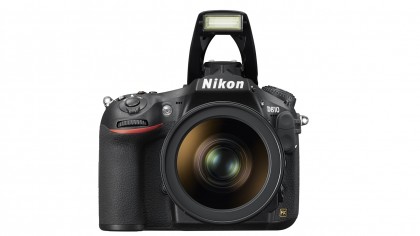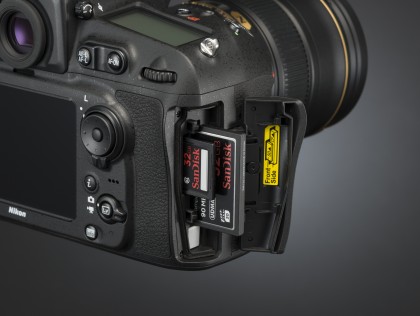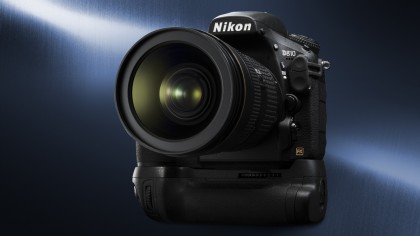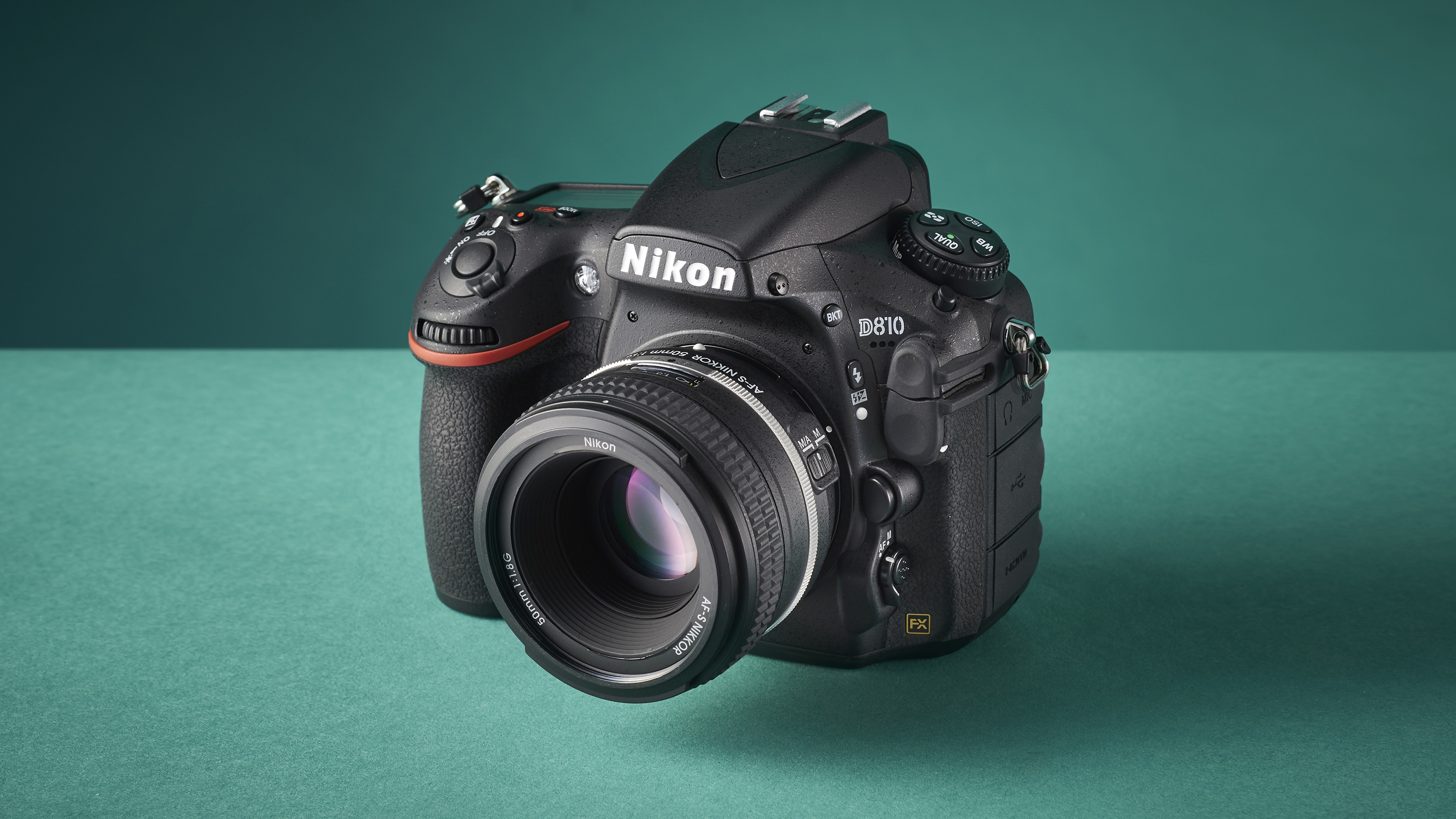Why you can trust TechRadar
Although they have a little more detail if you really look for it, images direct from the Nikon D810 don't look dramatically different from those from the Nikon D800. As a rule they have pleasant, vibrant colours and exposure is good in most conditions when the Matrix metering system is used.
Noise is generally controlled well and shots taken at the higher sensitivity settings look very good at normal viewing and printing sizes. Examining these images at 100% on screen reveals that noise has a finer texture from the D810 than the D800; there's less smoothing or clumping. This seems to make the noise more visible to our lab testing system, but it helps with the impression of detail.
As you would expect with a camera that has 36 million pixels, images have lots of detail visible. However, getting every last scrap of detail demands that the camera is used on a tripod, the optimum aperture is set and exposure delay is employed along with the front shutter, plus the subject is motionless. When you zoom into handheld images there often seems to be something that means the image isn't absolutely sharp. That's just a downside of having such small photosites - tiny, tiny movements have a significant impact.

At ISO 100, 1/250sec and f/8, however, you can expect yourself to be scrutinising the weave of the shirt in a head and shoulders portrait and nodding contentedly that the pixel count is worthwhile. Plus a shot taken in low light at ISO 3200 can withstand being viewed at A2 size. Even JPEGs taken at ISO 6400 contain very fine details and chroma noise is restrained well, with just a hint of coloured speckling in darker, non-black areas.
Our lab testing indicates that using the front shutter instead of the standard unit makes a slight, but immeasurable, difference to detail resolution. It's possible that the degree of impact varies depending upon which tripod you use and how carefully you tighten up the controls. Using the exposure delay mode that fires the shutter a little after the mirror has lifted, however, has a dramatic impact. You won't necessarily see obvious movement, but the image lacks the detail resolution that you get when it is employed.
Given its pixel count and the huge files it produces, it's unlikely that the Nikon D810 would be the choice of many professional sports photographers. However, its autofocus (AF) system is more than capable of getting moving subjects sharp and tracking them across the frame.

It can also operate in very low light levels. All of these factors combine to make the Nikon D810 a good all-round camera that can be used for shooting a variety of subjects in a wide range of conditions.
I found the D810's automatic white balance system to be very capable, delivering good results in natural lighting conditions like bright sunlight and shade. It also strikes a good balance when the two are mixed. The Auto white balance setting that's designed for keeping the warmth of warm lighting is useful, but it's just as easy to switch to the Daylight setting when you're shooting sunsets and the like.
Happily, I found that the Nikon D810's screen gives an accurate representation of an image's colour during my testing. As a rule, colours direct from the D810 are to the vibrant side of 100% natural, which is exactly what most people want.

As mentioned earlier, the D810's Matrix metering system performs well, delivering good exposures in a wide range of conditions. Naturally, it doesn't get everything right, but it copes with situations that would throw some other cameras and isn't excessively distracted by very bright or dark areas of the scene.
In addition, real world images have very good dynamic range and pleasing contrast. As usual, many photographers are likely to want to perfect their images on a computer, but the JPEG results straight from the camera are more than acceptable.
